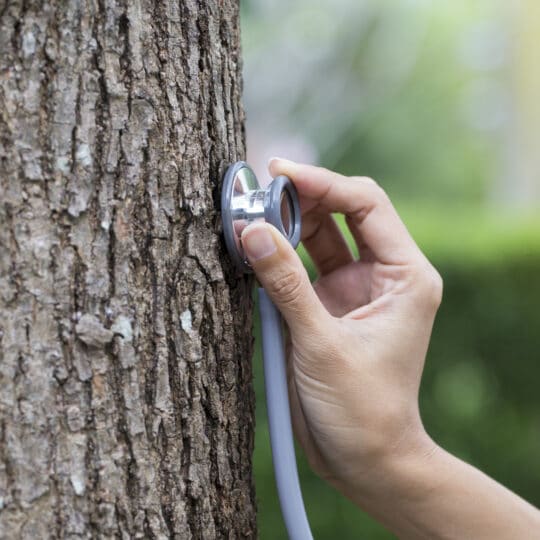Top 3 Tree Health Tips for Any Season
And Some Specific Seasonal Suggestions Too
Posted
January 16, 2025

Trees provide a number of benefits to all living things. As a living thing itself, it has certain requirements for survival, especially if it’s in your yard and not the woods. Even though plant needs change throughout the year, there are some standard practices. Here are the top three tree health tips you can follow no matter what month it is.
Maintain Tree Health in Any Month
No matter what season it is, it’s always a good idea to consider these tree care practices:
- Selection. When you’re planning to plant something new, make sure the species can thrive in your area. Trees, shrubs, and plants native to the area have a better chance of survival. Even if the plant you pick is well-suited to the climate, make sure you plant it somewhere it can thrive. Educate yourself about the amount of sunlight and type of soil it prefers and if it’s more susceptible to pests or disease. While planning can be done any time of year, wait to plant in the spring or fall.
- Inspection. Always take some time to check your plants for signs of pests, disease, and structural issues. Depending on the time of year, look for leaf color, broken branches, peeling bark, cankers, and leaning.
- Pruning. It’s always a good idea to remove any dead, diseased, or damaged branches from trees and shrubs. Take care not to remove too much at one time. If you find your plant needs more pruning, it may be a larger issue that requires different treatment. Save any structural pruning for late winter when the tree is still dormant.
Once you’ve selected the right plant and plot, inspected for signs of distress, and pruned problematic branches, there’s still plenty to think about to ensure your tree thrives throughout the year.
Monthly Tree Care Practices
Maintaining tree health is an ongoing process, especially if it’s newly planted. In order to make the most of your efforts, there’s a better time of year to focus on a few things.
- Watering. Deep, infrequent waterings are better than regular, surface-level sprinkler sessions. You want to make sure water reaches the root zone rather than the trunk. If the ground is frozen, this is not as efficient. Which is why you’re better off waiting until the spring, paying more attention in the hot, dry summer, and giving your plants a final long drink in the late fall.
- Mulching. A layer of organic mulch helps retain moisture, suppress weeds, and protect plant roots. This is why early spring and later fall are better times for mulching so you can help prevent weeds from emerging and help make sure the roots and hydrated and protected over the winter.
- Fertilizing. This process depends on the plant needs and your soil conditions. It’s best to test the soil to gauge which nutrients it needs. Not only is this easier to do when the soil isn’t frozen, but the nutrients are more likely to be absorbed and put to good use when the plant is actively growing. This is why fertilizing is also a task best left for the spring and fall.
Given that there are better seasons for certain tree care tasks, it’s a great idea to plan these practices now. Mark your calendar for when you should test your soil, plant, prune, fertilize, mulch, and water. Elite Tree Care is available to help with any aspect of tree care, from planting and inspecting to pruning and disease prevention. Call 610-935-2279 for a consultation and put a plan in place to maintain plant health throughout the year.